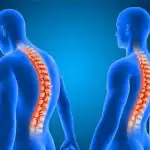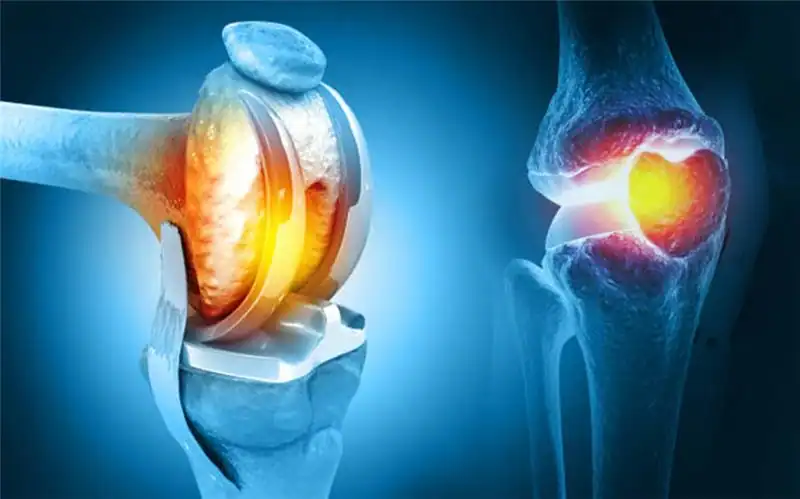
Neuropathy vs. Sciatica: Key Differences Explained
October 17, 2025For those suffering from the discomfort of joint pain, everyday activities present themselves as uphill battles. Joint issues seem to be slowly eroding one’s independence and quality of life, from climbing stairs and taking a walk to just sitting up in bed. For years, most people relied on over-the-counter drug treatments or physical therapy, with joint replacement surgery reserved for the worst cases. But innovations in the medical field have brought about a new, minimally invasive alternative: regenerative medicine treatment.
As one of the most emerging branches of medical science, focusing on assisting the human body in healing itself, this field is slowly changing the face of joint repair. In contrast to pain-masking methods, regenerative therapies actually work on repairing and restoring damaged tissues, giving people an alternative to surgery when managing their symptoms.
What Is Regenerative Medicine?
Regenerative medicine is the science behind healthcare that restores and replaces injured cells, tissues, or organs through the body’s natural healing process. Such treatments work on biological components, including stem cells, growth factors, and PRP, for tissue regeneration instead of depending solely on drugs or mechanical implants.
When regenerative medicine treatment is used for joint conditions, it helps regenerate cartilage, reduce inflammation, and assist in healing tendons and ligaments. This holds great promise for treating arthritis, sports injuries, or wear-and-tear conditions of the joints.
Stem Cell Therapy: A Breakthrough for Joint Health
This is one of the most widely discussed regenerative medicine interventions for relieving knee pain. Stem cells can transform into various types of cells within the human body. When these cells are introduced into the damaged joint, they may trigger tissue repair, alleviate inflammation, and improve the general environment inside the joint.
For example, in knee osteoarthritis, the cartilage—the soft tissue cushioning the bones—loses its smoothness with age. Pain arises, stiffness occurs, and movement becomes restricted. Existing treatment options try to manage the pain with analgesics or cortisone injections. Although these bring some relief, they do nothing to resolve the patient’s primary concern.
Stem cell therapy for knee pain takes a different approach. By introducing regenerative cells into the damaged joint, this treatment encourages the body to heal the cartilage and surrounding tissues. Many patients report improved mobility and reduced pain a few weeks or months after treatment, without undergoing the long recovery associated with surgery.
Stem Cell Therapy in Arizona: Growing Accessibility
In recent years, a steady demand has developed for stem cell therapy in Arizona. Thanks to its vast network of renowned doctors and excellent facilities, Arizona has become a center for innovative medical treatments, including regenerative medicine.
Patients increasingly seek non-surgical methods to manage joint pain from sports injuries, age-related degeneration, or chronic conditions such as arthritis. These patients value stem cell therapy in Arizona for helping them stay active, avoid painful surgery, and enjoy a better quality of life.
However, not all treatments are alike. Several factors determine their success, including the patient’s overall health, the extent of joint damage, and the skills of the treating physicians. Optimal outcomes are achieved when choosing a reputable regenerative medicine clinic with experienced specialists in the field.
Realistic Expectations and Lasting Benefits
While regenerative medicine shows great promise, it’s essential to remain realistic in your expectations. Procedures of this type are not overnight miracles. They work with the body’s natural healing process, which takes time. Results vary depending on the severity of joint damage and the patient’s general health.
At the same time, many patients report considerable improvement in their pain level, range of motion, and overall function. For patients who have exhausted conservative care and wish to postpone or avoid surgery, regenerative options can be life-changing.
Conclusion
Regenerative medicine is transforming the very concept of joint repair. Harnessing the body’s healing power, stem cell therapy for knee pain stands as a new hope for those who once believed surgery was their only option. These treatments allow patients to regain comfort and mobility naturally by reducing inflammation and restoring cartilage.
If you’ve been searching for stem cell therapy in Arizona or want to find the best regenerative medicine clinic, be sure to choose experienced practitioners who will develop an individualized treatment plan for you.
Restore Wellness Centre specializes in cutting-edge regenerative therapies designed to promote the long-term health of your joints and help you achieve full recovery—all without unnecessary surgery or prolonged recovery times.
Looking for a Natural Way to Heal Joint Pain?
Please don’t settle for temporary pain relief when your body can heal itself. Contact Restore Wellness Centre today to learn how regenerative medicine can restore your joint health naturally!

